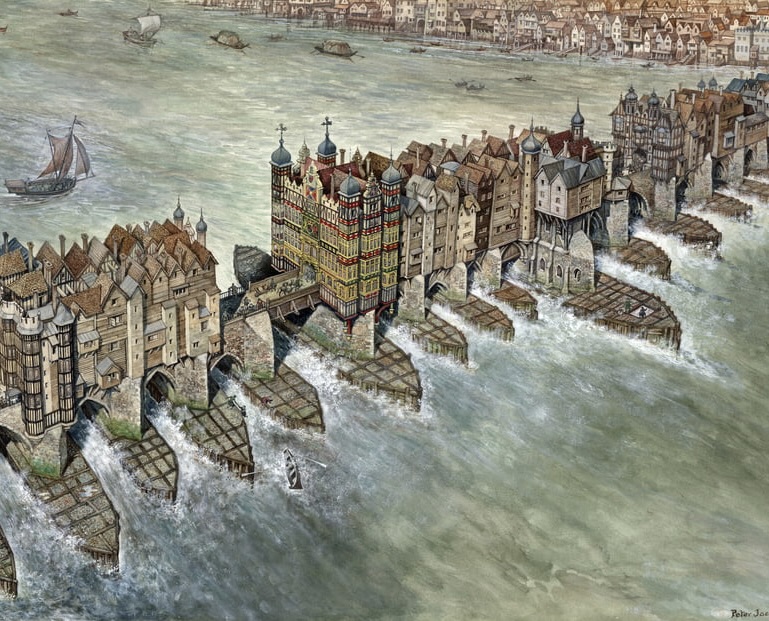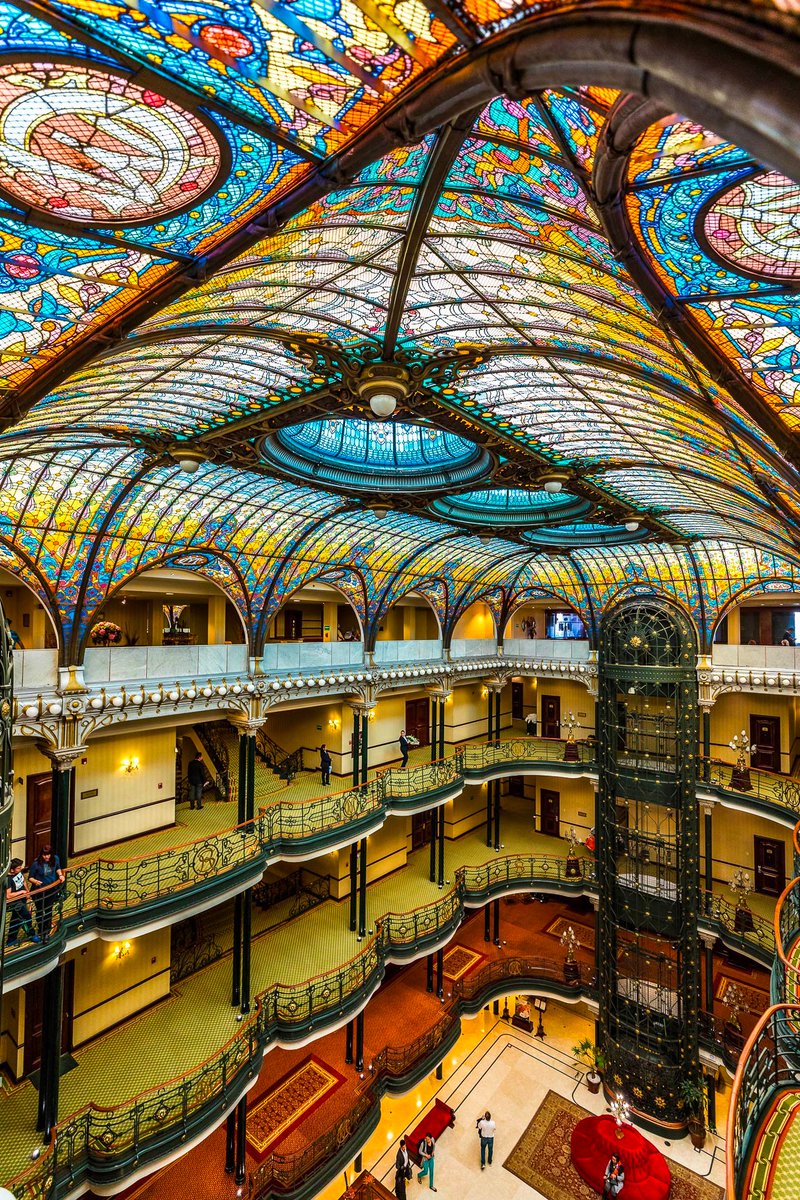A thread of lesser-known architectural wonders that we lost over the ages (and what happened to them)... 🧵
1. Old London Bridge - the longest inhabited bridge in Europe
1. Old London Bridge - the longest inhabited bridge in Europe

A 12th century marvel spanning 900 feet and lined with shops and houses. Considered a wonder of the world, it was a place of religious pilgrimage and royal pageantry.
It was only demolished in the 19th century in a dilapidated state, when a bridge with a wider road was needed.
It was only demolished in the 19th century in a dilapidated state, when a bridge with a wider road was needed.

2. The Round City of Baghdad, Iraq
Residence of the Abbasid caliphs and the de-facto center of Islamic world from 766 until its destruction by the Mongols in 1258 - thus ending the Islamic Golden Age.
Residence of the Abbasid caliphs and the de-facto center of Islamic world from 766 until its destruction by the Mongols in 1258 - thus ending the Islamic Golden Age.

It contained the largest medieval library in the Islamic World, the House of Wisdom.
When the Mongols sacked it, the Tigris river is said to have ran black with the ink of manuscripts tossed into the water - including some of the rarest Greco-Arabic texts in existence.
When the Mongols sacked it, the Tigris river is said to have ran black with the ink of manuscripts tossed into the water - including some of the rarest Greco-Arabic texts in existence.

3. The Bologna Towers, Italy
The "Manhattan of the Middle Ages". In the 12th and 13th centuries, the city of Bologna had a skyline of around 200 towers - mostly around 25 meters but some as high as 100 meters.
The "Manhattan of the Middle Ages". In the 12th and 13th centuries, the city of Bologna had a skyline of around 200 towers - mostly around 25 meters but some as high as 100 meters.

We don't know exactly why they built them, but some may have been for defensive purposes. Over the centuries, they either collapsed or were demolished, although around 20 still stand today: 

4. Great Pyramid N6, Sudan
Inspired by the Egyptians, Nubian monarchs built pyramidal tombs in the Nile valley between 800 BC and 300 AD.
Among the greatest was this, one of the Nubian Pyramids of Meroë, destroyed by notorious treasure-hunter Giuseppe Ferlini in the 1830s.
Inspired by the Egyptians, Nubian monarchs built pyramidal tombs in the Nile valley between 800 BC and 300 AD.
Among the greatest was this, one of the Nubian Pyramids of Meroë, destroyed by notorious treasure-hunter Giuseppe Ferlini in the 1830s.

5. The Louvre Castle, Paris
This massive 12th century castle once stood in the center of Paris, built by King Philip II to reinforce the old city walls. It was demolished during the Renaissance to make way for the Louvre Palace - now home of the Louvre museum.
This massive 12th century castle once stood in the center of Paris, built by King Philip II to reinforce the old city walls. It was demolished during the Renaissance to make way for the Louvre Palace - now home of the Louvre museum.

6. The Old Bank of England, London
Another of London's most significant lost buildings. Sir John Soane designed this labyrinth of neoclassical spaces in 1788. It was operational until the 1920s when was replaced by a larger structure.
Another of London's most significant lost buildings. Sir John Soane designed this labyrinth of neoclassical spaces in 1788. It was operational until the 1920s when was replaced by a larger structure.

7. Cathedral of Christ the Saviour, Ukraine
Built near Kharkov in the Russian Empire (modern-day Ukraine) and pictured in 1894 shortly after completion. It was razed in the 1930s when thousands of churches were demolished by Stalin.
Built near Kharkov in the Russian Empire (modern-day Ukraine) and pictured in 1894 shortly after completion. It was razed in the 1930s when thousands of churches were demolished by Stalin.

8. The Neue Elbbrücke Bridge, Hamburg
One of Europe's most glorious bridges - destroyed not by aerial bombs, but by urban planning zealots.
The original was completed in 1887 and featured two beautiful neo-Gothic gateways. It was torn down in 1959 to add an additional lane.
One of Europe's most glorious bridges - destroyed not by aerial bombs, but by urban planning zealots.
The original was completed in 1887 and featured two beautiful neo-Gothic gateways. It was torn down in 1959 to add an additional lane.

If threads like this interest you, you NEED my weekly newsletter (free) 👇
culturecritic.beehiiv.com/subscribe
culturecritic.beehiiv.com/subscribe
• • •
Missing some Tweet in this thread? You can try to
force a refresh



















